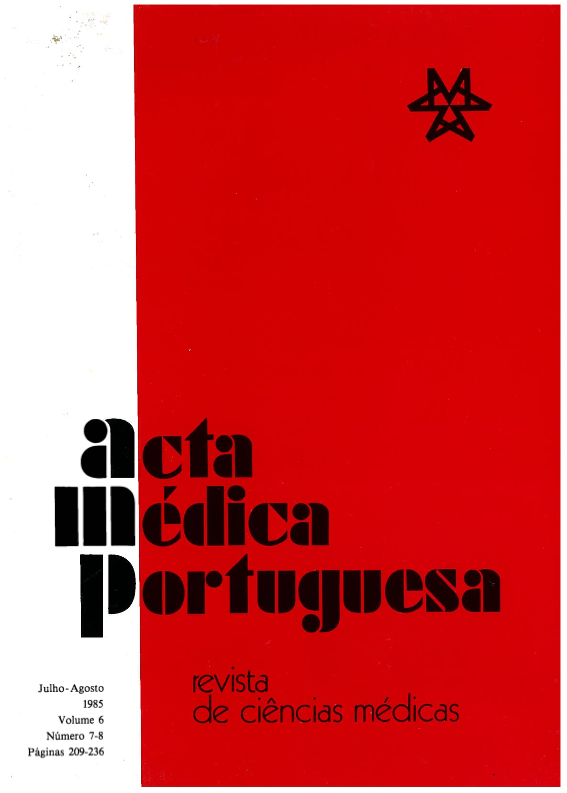Hemorheology: pathophysiological significance.
DOI:
https://doi.org/10.20344/amp.3690Abstract
In order to understand blood circulation, knowledge of the heological properties of blood is required. However the characteristic parameters which must be considered differ according to the circulatory region investigated. A distinction must therefore be made between the macrorheological parameters (viscosity or viscoelasticity of blood) and the microrheological parameters (aggregation or cells deformability). In normal blood erythrocytes constitute the largest percentage of blood cells and thus hematocrit is a major parameter of blood viscosity. The presence of cells increases blood viscosity because the cells cause a greater energy dissipation during flow than for plasma alone. This increase is dependent not only on the cell concentration but also on the hydrodynamic interactions of the cells during flow (aggregation, deformation). At low shear stresses the cells aggregate and form a three dimensional structure (rouleaux). An increase in shear stress causes the deformation and Orientation of RBC in the flow, thus leading to a decrease in blood viscosity. Pathological variations in these factors and the clinical symptoms they produce form the hyperviscosity syndromes. Considered from this general angle the etiology of hyperviscosity syndromes can be (a) an increased in plasma proteins levels or the appearance of monoclonal proteins (b) the increase of blood cells (c) the change in R.B.C. rheological properties (internal viscosity or membrane viscoelasticity) (d) the excessive aggregating tendency of the erythrocytes (rouleaux or aggregates) and perhaps that of platelets. From a hemodynamic viewpoint the hyperviscosity syndrome may lead to a slowing down and even complete cessation of local circulation and consequently favor ischemia
Downloads
Downloads
How to Cite
Issue
Section
License
All the articles published in the AMP are open access and comply with the requirements of funding agencies or academic institutions. The AMP is governed by the terms of the Creative Commons ‘Attribution – Non-Commercial Use - (CC-BY-NC)’ license, regarding the use by third parties.
It is the author’s responsibility to obtain approval for the reproduction of figures, tables, etc. from other publications.
Upon acceptance of an article for publication, the authors will be asked to complete the ICMJE “Copyright Liability and Copyright Sharing Statement “(http://www.actamedicaportuguesa.com/info/AMP-NormasPublicacao.pdf) and the “Declaration of Potential Conflicts of Interest” (http:// www.icmje.org/conflicts-of-interest). An e-mail will be sent to the corresponding author to acknowledge receipt of the manuscript.
After publication, the authors are authorised to make their articles available in repositories of their institutions of origin, as long as they always mention where they were published and according to the Creative Commons license.









